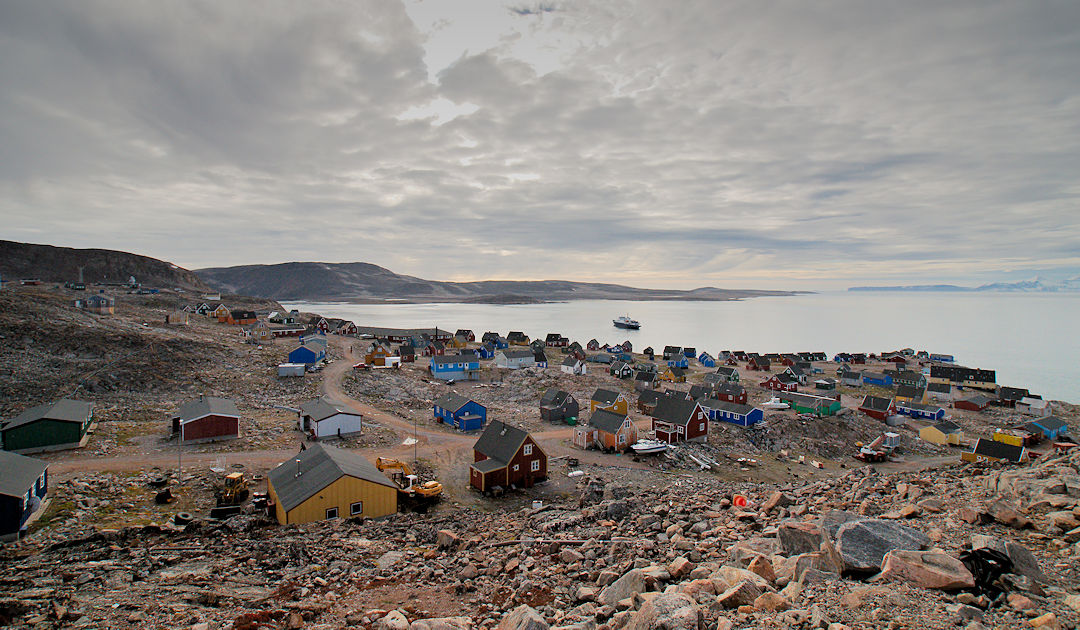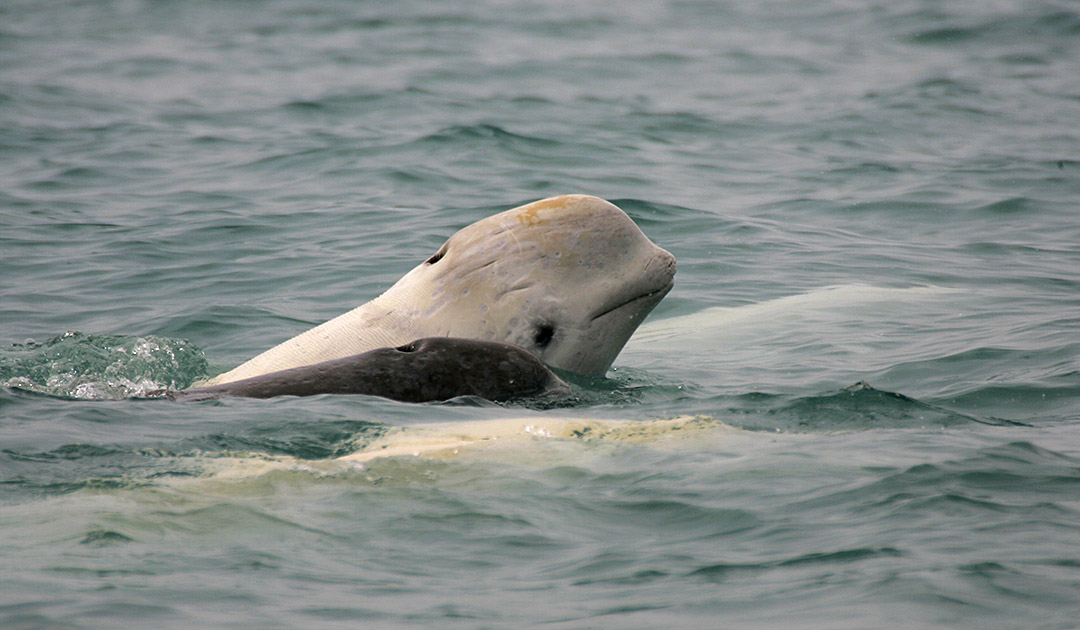
Hunting marine mammals not only has a long tradition in Greenland, but is actually part of the livelihood of the population to supply meat. The number of animals to be hunted is determined by the government based on catch figures and scientific data from experts. One bone of contention has emerged in recent years, however, and that is the hunting of narwhals and belugas in East Greenland. For this and for the rest of the country, the quotas for next year have now been set and not everyone will be happy about it.
In East Greenland, local hunters will be allowed to hunt 50 narwhals and 30 belugas next year in the regions of Tasiilaq, Kangerlussuaq and Ittoqqotoormiit, the government in Nuuk has decided. It follows the call of the Parliament, which had asked for a new assessment of the quotas for hunting marine mammals in East Greenland. At the same time, the ministers, led by government leader Muté B. Egede, ignore the scientific recommendations proposed by the North Atlantic Marine Mammal Commission Nammco. It had called for a longer hunting ba after numbers and estimates of the animals’ population size in the region showed a downward trend, according to a Nammco report.

The discussion about relaxing the hunting of narwhals and belugas in East Greenland is not new. For some time, local hunters and community leaders have called for increasing quotas on the coveted marine mammals, which have been set by the government since 2008. For as in the rest of Greenland, communities such as Tasillaq or Ittoqqotoormiit again want to meet their meat and mattak (the skin of narwhals) needs through locally hunted animals. But so far the calls from the region have come to nothing and the government referred to the fact that, according to experts, the populations in East Greenland are not stable enough. However, the more time passed, the more pressure was applied and other reasons were blamed for the decline of narwhals in the region, such as the increasing number of ships with tourists on board. Therefore, instead of a ban on hunting for the local population, they called for stronger measures to regulate shipping traffic in the fjords. Because that is where narwhals and belugas usually stay during the summer months.

In addition to the 50 narwhals, the 30 belugas that may now be hunted in East Greenland are also likely to be a talking point. For they are even rarer to the region than narwhals. According to the Nammco report, only just 112 white whales have been hunted in East Greenland in the past 66 years, or about 1.6 whales per year. Experts assume that there is no own population in the region at all, but the animals observed so far had swum over from Svalbard. That is why it is generally believed that hunters will hardly reach the number. The government has also declared the quota to be a “technical quota.” Because the quota system in Greenland stipulates that if the catch quota is not reached, the surplus animals can be carried over to the next year, it should be interesting to see what further decisions are made on this next year.

The government issued much higher quotas than recommended by experts, and not only for East Greenland. Also in the remaining regions higher numbers were determined, instead of 294 narwhals in west Greenland may be hunted of those 455 and further 294 Belugas, as it is called on official side. For Nammco, the decision of the government in Nuuk may be difficult to understand. Nammco’s recommended figure is based on data published by a specially appointed working group for East Greenland in 2019. This stated that the current quotas in the three management areas of Tasiilaq, Kangerlussuaq and Ittoqqotoormiit were not sustainable. With the decision now made to allow 50 killed animals out of nearly 1,000 estimated narwhals there, the view of Fisheries and Hunting Minister Karl Tobiassen and his colleagues is clearly different.
Dr Michael Wenger, PolarJournal
More on the topic





